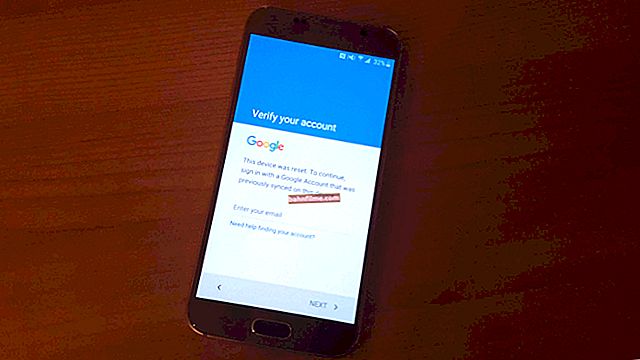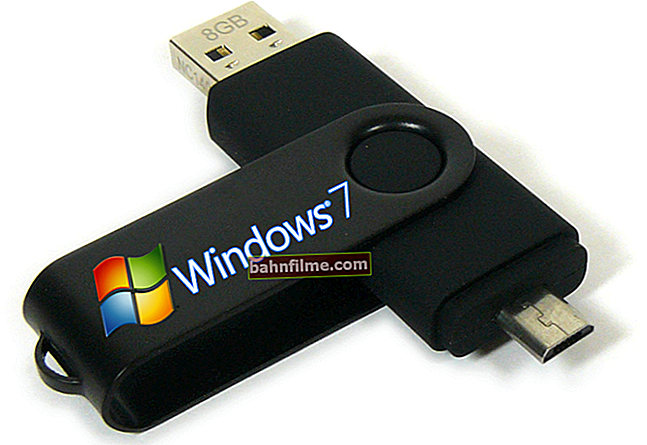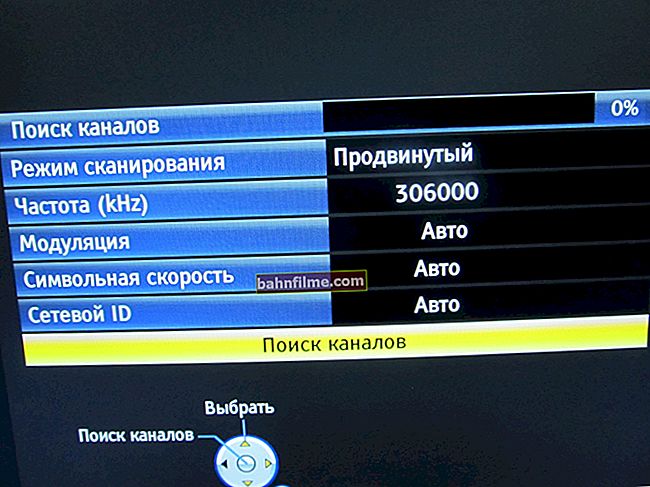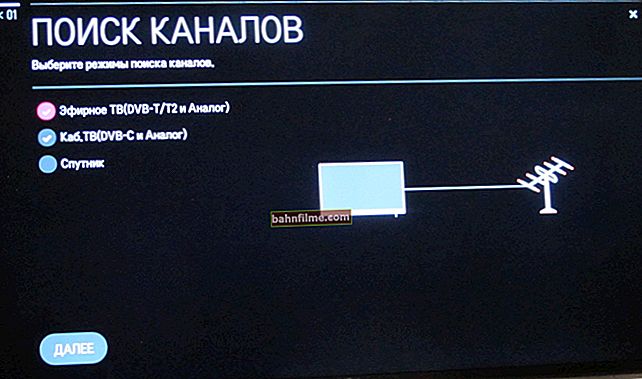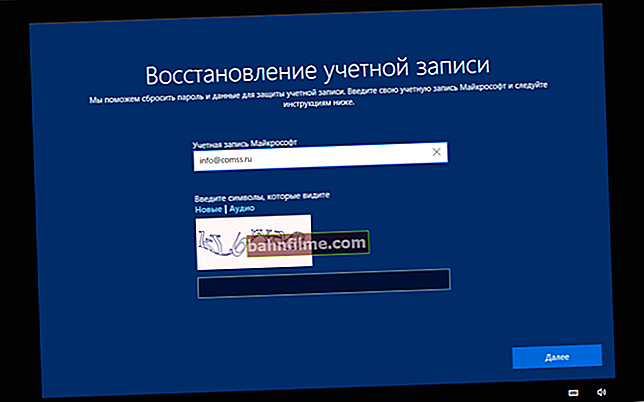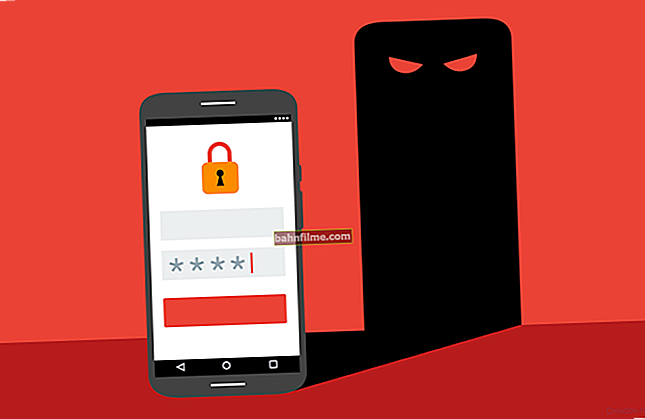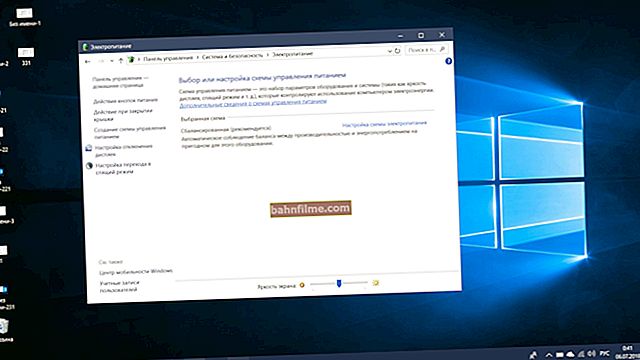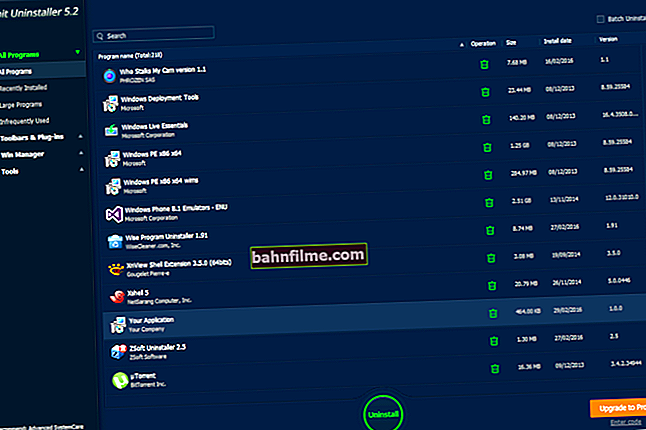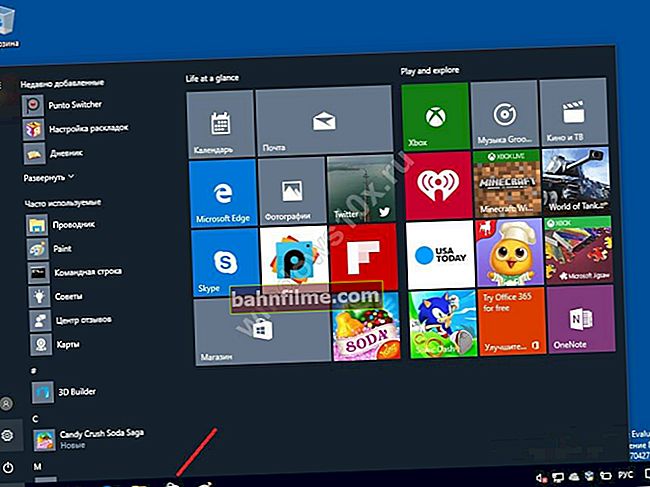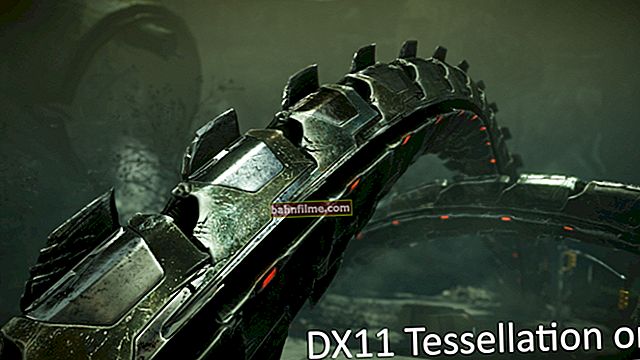
User question
Hello.
Help with the laptop: when turned on, an error began to appear on a black background: "reboot and select proper boot device or insert boot media in selected boot device and press a key" (wrote down verbatim!).
Nobody had worked with a laptop before and nothing happened to it (it seems), because of what could it appear? I can't even go into safe mode, it immediately (the F8 button does not help in any way). Sorry for the mistakes, I am writing from the phone (note: the errors have been fixed).
Good day!
This error is not uncommon (by the way, it is less common on modern PCs, and nevertheless ...). If you translate it into Russian, it means something like the following: "Restart and select the correct boot disk, press any key on the keyboard."
The error appears immediately after turning on the PC (before Windows boots) - therefore, you will not enter Safe Mode, you do not have to torment the button F8.
Below I will consider the main reasons due to which this error appears, I will try to give comprehensive recommendations for their elimination ☺. Let's get started ...

Error appearance
*
Reasons for the error
In general, most often, this error appears due to the fact that you forgot to remove the USB flash drive / floppy disk / CD-disk from the USB port or drive, connected a second hard drive (for example), changed the BIOS settings (this happens when installing Windows), in case of an emergency shutdown of electricity (for many, the computer works without an uninterruptible power supply (UPS)) and in some other cases. The appearance of this error does not always indicate serious problems with the PC.
❶
The disc / flash drive has not been removed from the drive or USB port
As I said above, the first and main thing to do is to see if all flash drives, external hard drives, CD / DVD drives, etc. disconnected from the computer (laptop). If not, turn off and restart your computer.

We take out the floppy disk from Drive a: \
On older PCs, check that there are no floppy disks connected.
The fact is that a computer with certain BIOS settings, first of all, may try to boot from your forgotten connected media - not finding boot records on it, it will give a similar error. This is the most common option!
Note: by the way, if you recently installed a second hard drive - this may be the reason! Usually, you need to change the BIOS settings (or reinstall the Windows system).
❷
Changed boot settings (BOOT) in BIOS // a few words about Legacy Support (UEFI) If your CD-disks and flash drives are disabled, then the second thing I recommend to check is the BIOS settings. First of all, we are interested in the BOOT section - where the priority of loading from various devices is set (i.e. on which disks and where to look for the bootloader). To enter the BIOS - immediately after turning on the computer, you need to press the F2 or F10 button (or Esc, depending on your PC model). In general, I have a separate article on my blog dedicated to buttons and how to enter the BIOS. 👉 To help! 1) How to enter BIOS - step by step instructions 2) Hot keys for entering the BIOS menu, Boot Menu, recovery from a hidden partition. Let's assume that you entered the BIOS. Now where to go next ... Need to open the BOOT section. If you have a laptop, then in them, usually, it is immediately visible in the top menu (on computers, this section sometimes needs to be searched for in Advanced CMOS Features (e.g. Award BIOS)). Further in the BOOT section, set the boot priority so that your hard drive is the first to boot! One example of BIOS setup is shown below. The bottom line is that "Hard Drive" (translated from English - hard drive) should be the first - that is, in the column First Boot Device (the first boot device. Note: sometimes another translation is found in the BIOS - 1st Boot Priority). In general, the BIOS menu may differ slightly depending on its version. Put Hard Disk in the First Boot Device // Award BIOS column After setting the main parameters, do not forget to save the settings - press Save and Exit (save and exit). Otherwise, all the settings made will simply not be saved! 👉 Additional For BIOS setup information, see these articles: 1) Laptop BIOS settings (in pictures). 2) How to configure BIOS to boot from a flash drive or disk (CD / DVD / USB). By the way, one more thing about UEFI ... New computers / laptops, as a rule, always come preinstalled with Windows 8/10. But not all users like it, many prefer to demolish it and install Windows 7 instead. There is only one dilemma: usually, the BIOS settings for such devices do not include support for old OS (we are talking about such a setting as Legacy Support). Instead, by default, most often there is UEFI and Windows Boot Manager. If you are reinstalling the system, I recommend 👉 to read this article (it examines this issue in detail, and shows how to install Windows 10 on a new laptop). ❸ The battery on the motherboard has run out A similar error can also occur due to a dead battery on the motherboard. It looks like a small "pill" (resembles it in its shape). Thanks to its work, the parameters that you set in the BIOS are stored in the computer's memory (CMOS). Also, the time and date are also stored somewhere and at the expense of something are counted when you turn off the computer (this is also thanks to this battery). An approximate view of it is shown in the photo below. Battery on motherboard When it sits down, the settings that you specified in the BIOS are reset after the computer is turned off. And if by default you select a boot device other than the hard disk, then this error will appear again ... On average, such a battery lasts about 7-10 years (on some PCs more than 15 years!). Pay attention to the time, if it began to get lost often, perhaps the reason is just in this battery ... ❹ Damaged Windows bootloader The fourth reason was the problem with the Windows bootloader. If it was damaged (for example, after a virus infection, a sudden power outage, installing a second Windows OS, incorrect formatting / partitioning of the disk, etc.), then the computer was not found boot records and will give a similar error. Obviously, it needs to be restored. Methods: ❺ Does the hard drive see the BIOS? In some cases, the "reboot and select ..." error may indicate a problem with the hard drive. To begin with, what I recommend is to check if the hard drive can be seen by the BIOS (I give a link to an article on how to enter it below). 👉 To help! Help article on how to enter BIOS In the BIOS, see if the model of the hard disk is shown, if it is detected. Check the BOOT, MAIN, INFORMATION tabs (depending on the PC model and BIOS version, some points may be different). If the BIOS sees the hard disk, then you will notice that opposite the HARD DISK / HDD item, a disk modification will be written (two examples in the photo below). BOOT section - hard drive detected // SATA: 5M-WDC WD5000 Is the hard drive detected in the BIOS? Decided! WDC WD10JPCX-24UE4T0 Also, on some PCs you can see the model of the processor, disk, etc. parameters, if you have time to look at the first inscriptions that appear immediately after turning on the device (usually they disappear very quickly and you do not have time to read them). An example is shown below. First welcome screen after turning on the computer If the hard drive is not detected in the BIOS ... The firstwhat I recommend is to check the loops. Disconnect them from the hard drive, blow out the dust, reinsert. Very often, the hard drive is not detected precisely because of poor contact when the ribbon cable goes off. Second - if it's not about the cables, try connecting this drive to another computer / laptop.Now, besides, you can easily and quickly find special "pockets" on sale that allow you to connect disks to USB ports (even a novice user can handle it). A link to a more detailed article on connecting a disk to another PC is given below. 👉 To help! How to connect a hard drive from a laptop to a computer Third - pay attention to whether your disk began to crack and make noise, whether there is any extraneous noise (especially, this applies to laptops, which are often carried and can accidentally knock or drop). If there are extraneous sounds, it is possible that there are hardware problems with the disk. 👉 To help! 1) The hard drive is noisy and cracking - what to do 2) How to check the hard disk for errors and bad sectors (bad blocks). How to work with Victoria program in DOS and Windows Fourth - if you have another drive, you can try plugging it in and check if the BIOS sees another drive. In general, to summarize, the first task in this case is for the BIOS to detect the connected disk. It is hardly possible to give in one article all the reasons why the BIOS may not "see" the disk (if the issue cannot be resolved, perhaps it is worth contacting the service? ..). * That's all, I wish you a quick recovery! Hope I helped ... 👋 First publication: 06.12.2017 Correction: 02/10/2020




